By Philip Joe Cauchi
Introduction: It is futile having to have a solid back line if they are constantly under pressure. At one point the opponents will find a crack where to penetrate and get a clear goal-scoring opportunity. Frontal marking is the ability of the frontal block of the team (midfielders and attackers) to prevent opponents from advancing the ball into dangerous zones. By cutting these critical passing lanes, the opponent is forced to play into areas where we can put pressure on the ball, reduce their playing space and press as a team to win possession and counter attack. Frontal marking is also an excellent way to cut off the playing options of the opponents, thus preventing them from constructing an attack build-up and rush them into playing the ball into zones where we are stronger, and/or where they are weaker. Furthermore, we can also use this tactic to force the opponents to play long into zones where we have players who are dominant in winning aerial duels and second balls.
Location on field: Midfield and attack.
Team complexity level: Group/Unit. Compactness of the midfield unit.
Team tactical requirement (macro principle of play): Team remains compact in the phase of non-possession.
Group tactical requirements (sub-principles of play): Close distance between midfielders. Reduce space between the lines. Overload area around the ball. Mark potential receivers. Angles of coverage.
Individual tactical and technical requirements (Sub-sub-principles of play): Positioning to cut off forward passing lanes. Stance to mark players inside the midfielders’ zone. Track runners inside the midfielders’ zone. Identify moment to put pressure on the ball or drop to provide cover. Applying the correct distance and angle of coverage with the teammate applying pressure on the ball.
Game Situations (taken from the Europa league match Arsenal v Milan dated 15th March 2018)
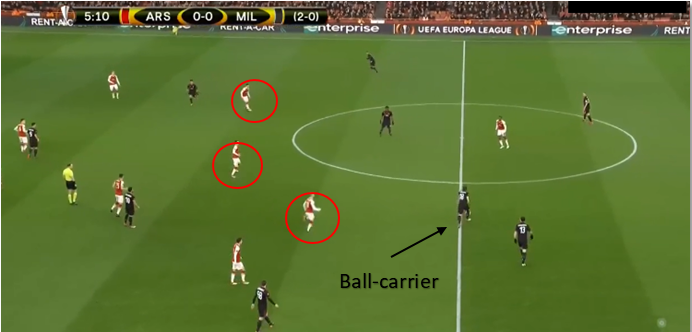
Figure1: Good positioning in the middle of the pitch to prevent the ball from being played vertically into advanced areas.
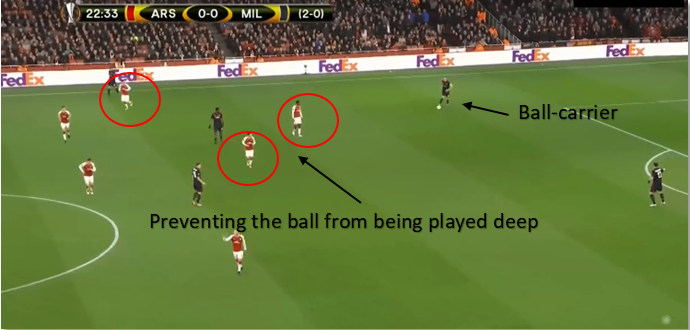
Figure 2: Overloading the ball-side zone and marking frontally to reduce the playing options of the opponents and the possibility of constructing play from the middle of the pitch.
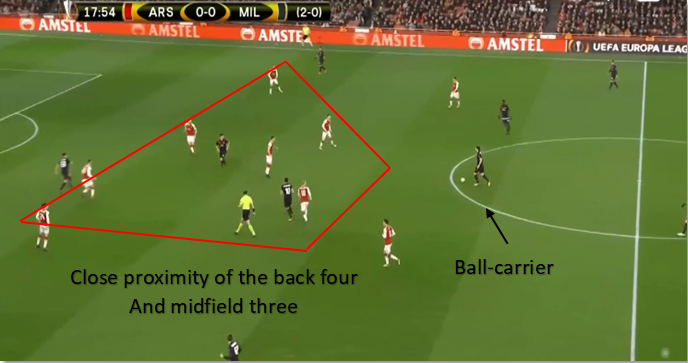
Figure 3: The close distance between the back line and midfield reduces the danger of having the opponent play penetrating passes into dangerous areas.
Training Exercises
2v1+1 frontal marking warm-up practice
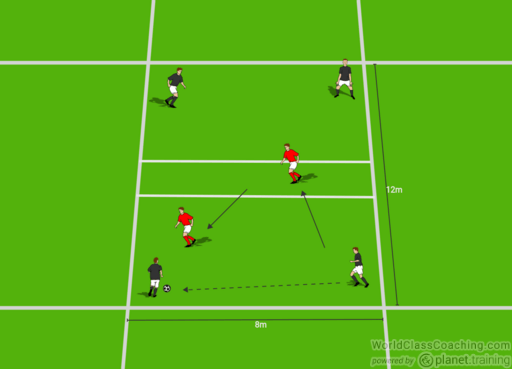
Figure 4: The two defenders must position themselves so to close the forward passing lanes of the attackers.
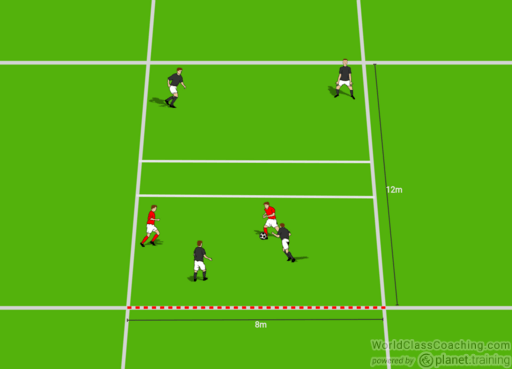
Figure 5: Upon winning possession, the defenders counter on the opposite (red dotted) line.
Setup: Area is 12m by 8m divided into three zones. Two zones are 5m x 8m separated by a middle channel measuring 2m x 8m. Two attackers are positioned inside each 12m x 8m zone, while a defender is positioned inside the ball zone and the middle channel.
Execution: The two attackers aim to play the ball into the opposite zone while the two defenders (reds) have one player applying pressure on the ball and the other covering him/her. The latter is also positioned to block passes made to the opposite zone. If the defenders win possession, they counter on the opposite goal line (red dotted line) in a 2v2 situation (figure 5).
Training volume: 6 blocks of 1 minute each block. Rotate the defenders every one minute.
3v3+2 Frontal Marking
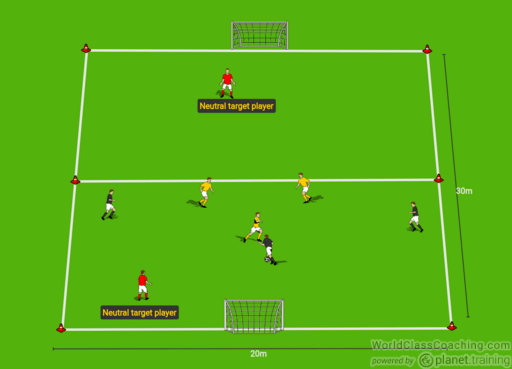
Figure 6: Start the sequence with the blacks attacking and aiming to pass the ball to the target player in the upper zone while the yellows block the line of pass to this player.
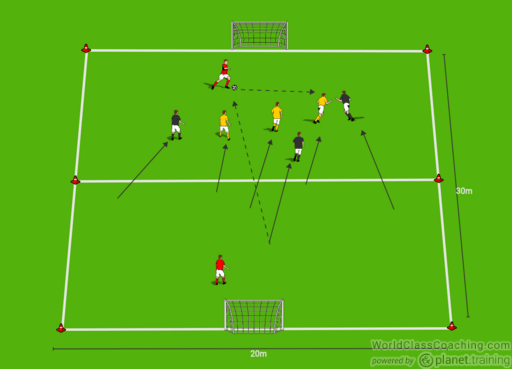
Figure 7: Yellows have to track back if a pass to the target player is through.
Setup: Area is divided into two adjacent zones each one measuring 15 meters in length and 20 meters in width. A medium sized goal is placed on the goal line of each zone. We have two teams of three players and a neutral target player in each zone. No goalkeepers in goal.
Execution: Attacking team (blacks) starts by trying to play the ball to the target player in the opposite half who will then lay the ball off to the oncoming attackers to finish at goal at speed. The target player (red) in the build-up zone plays with the team in possession; in this case the blacks. The yellow team aim to remain compact, prevents through passes and forces play onto the flanks where they can press as a unit, win the ball and counter.
Variations:
1. Play with goalkeepers in goal.
2. The attacking team may also dribble the ball to the opposite zone or pass to another teammate instead of the target player to get into a goal scoring situation.
Training load:
Repetitions: 4 to 6
Duration each repetition: 2’
Rest between repetitions: 1’
Training day in the micro-cycle: Endurance (3 days before a match).
Philip Joe Cauchi works as performance coach in Malta. He holds a UEFA A and a UEFA A Youth Elite coaching licences as well as a B.ed (Hons) in Education with Physical Education and is also a qualified football conditioning coach.


